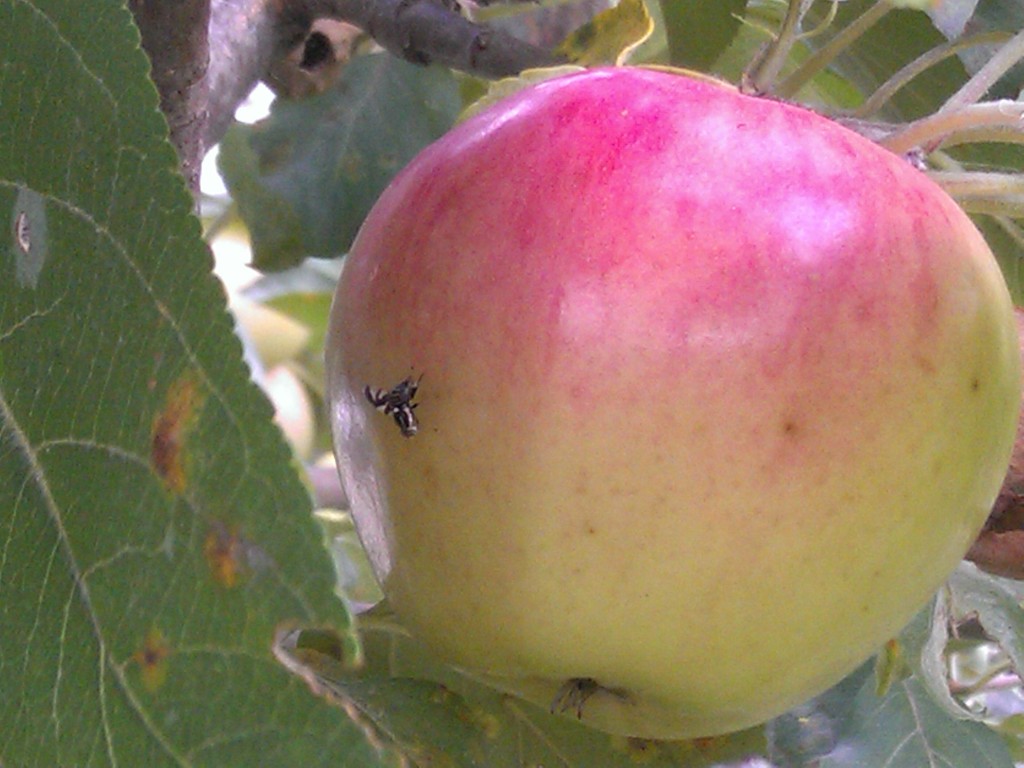Fourteen years ago I planted a ‘Lord’s Seedling’ apple tree, an heirloom variety. It transplanted well and made really great growth the first three years.
Then during the winter of the fourth year, disaster struck. Under the snow, near the base of the tree, mice chewed the bark all of the way around the trunk, girdling it.
That spring the tree leafed out normally. Somehow, it stayed green the entire season. It didn’t make any growth of course because the connection between the roots and the top was severed.
I could have tried to repair the damage by grafting but I was very busy that spring and never got to it. I decided to just write it off.
The next spring, a few shoots sprang up from what was left of the roots. Most of the shoots were from the root-stock, the part of the tree on to which the Lord’s Seedling was grafted on to at the nursery. Those shoots would never produce a Lord’s Seedling apple because they have a different genetic background.
Looking closer, I noticed one tiny bud looked like it may have been above the point where the tree was grafted. That meant it could have been a Lord’s Seedling bud.
I removed all of the shoots from the rootstock except that one bud. I nursed that bud and later it grew into a vigorous shoot.
During the following years, that bud became a tree. I still had no idea if it was a Lord’s Seedling tree or just a tree grown from the rootstock.

Russeting is considered a defect in the commercial apple world. On Lord’s Seedling apple the gorgeous golden-brown russet is a part of it’s normal appearance.
This year, the tree grew a full crop of apples and I was finally able to see what variety it really is. Low and behold, turns out it is a Lord’s Seedling tree after all.
I took an educated gamble on the tree and it took until now to finally pay off.
Bob



